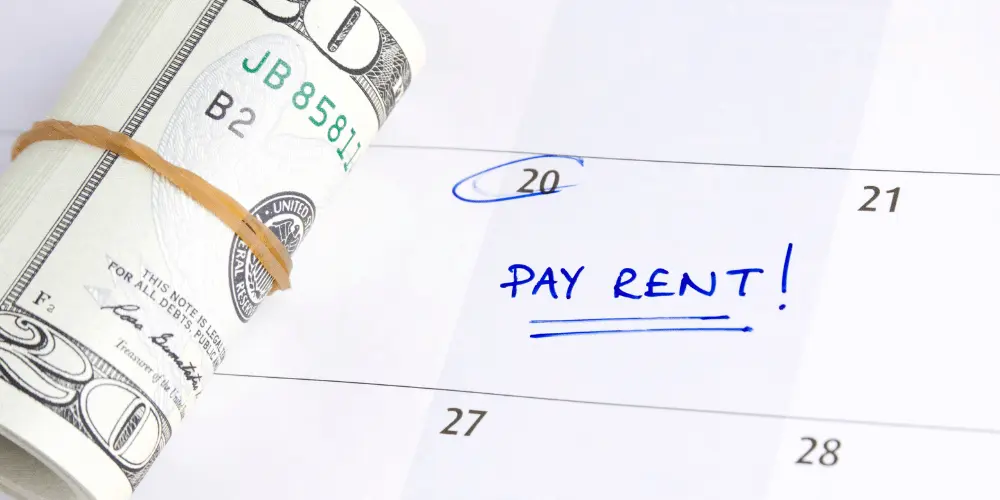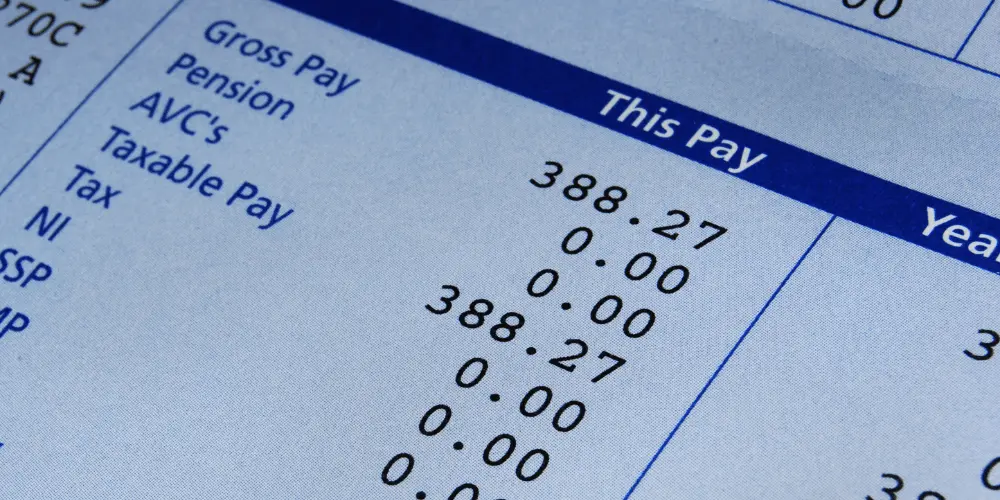
Renting on minimum wage is one of the toughest financial situations in the country. Many minimum wage earners struggle to balance rent, utilities, and other charges on a single paycheck. Low income rent is especially difficult when costs rise faster than wages.
Housing departments at the county level often collect reports on the gap between wages and housing costs, showing that millions of residents are unable to keep up. Established criteria, like the rule that no more than 30% of income should go to housing, highlight how little affordable rental housing is available to those working at the federal minimum wage.
Affordable housing means more than just a cheap apartment. It refers to housing that meets basic quality standards and remains within reach of eligible households. HUD sets criteria to define affordability based on both income and family size.
Families with children often face higher expenses than single adults, making affordable housing even more critical. Seniors and older adults may also need stability to avoid foreclosure or eviction when their incomes are limited to Social Security.
Local organizations and housing authorities can help renters find resources that connect them with programs supporting affordable housing.
Rental assistance is available through federal, state, and local programs. These resources help renters cover their monthly housing payments, utility bills, and other household charges.
Some programs are designed for people with disabilities, while others target low income families or older adults. Rental assistance can also help survivors of domestic violence remain in safe housing. The department that oversees public housing in your city can guide you through eligibility and connect you to applications.
In addition, FHA initiatives support housing stability by working with landlords and homeowners to expand affordable rental housing options.
Minimum wage earners face unique financial risks. While millions of workers contribute to their communities, they are often unable to pay the rising rent in urban development areas.
Reports show that renters spend more than half of their pay on housing and utilities. This leaves little for savings, transportation, or other bills. When housing choice is limited, families may find themselves at risk of eviction or foreclosure if they fall behind.
To manage, renters should create a written budget that includes all payments: rent, electricity, gas, internet, and other charges. Credit.org’s Power of Paycheck Planning workshop shows how to align paychecks with bills so your budget can cover essentials on time. Even small steps like limiting spending on non-essentials can free up money for housing.

The housing choice voucher program, often called Section 8, is one of the largest rental assistance programs in the United States. Eligible households receive vouchers that cover part of their rent, allowing them to live in rental housing that would otherwise be unaffordable.
Housing choice voucher funding comes from HUD and is administered at the county or city level by local housing authorities. These organizations use specific criteria to determine eligibility, such as income, family size, and citizenship status.
Because waiting lists are long, it’s important for renters to apply as soon as they qualify. Homebuyers and homeowners may not be eligible for these vouchers, but renters struggling on low income wages can benefit greatly.
Rental housing is the backbone of shelter for low income families and individuals. Stable housing prevents eviction, reduces the risk of homelessness, and gives families the chance to build better futures.
Urban development projects often include affordable rental housing, but demand usually outpaces supply. Communities must balance the needs of landlords, renters, and developers to expand affordable housing options.
For renters, keeping track of payments and managing debt can prevent foreclosure or rental debt from growing. Rehabilitation programs are available in some communities to help residents recover from financial hardship and regain housing stability.
Housing choice refers to the ability of residents to select a home that fits their needs, whether that means a one bedroom rental, an apartment near work, or public housing for seniors. With the right support, renters can find options that fit their income and family size.
Programs that expand housing choice are essential for millions of Americans. Access to resources like HUD counseling, utility assistance programs, and local nonprofit organizations helps renters qualify for safe, affordable housing.
Renters should also review leases carefully, checking for hidden costs and making sure that utility bills and other charges are clear. When in doubt, request clarification in writing.
Public housing is a vital safety net for eligible households. Managed by HUD and local housing authorities, these programs serve millions of residents across the country. Public housing supports low income families, older adults, and people with disabilities who might otherwise face eviction or homelessness.
Residents pay rent based on a percentage of their income, often around 30%. This makes public housing one of the most affordable housing options for struggling renters. While demand is high, applying early and staying in contact with your local housing authority increases your chances of securing a unit.
Urban development plays a big role in whether renters can actually find affordable housing. When cities invest in mixed-income communities, create new apartment units, and expand public transportation, it directly affects rental housing availability and cost. Unfortunately, struggling renters often face the opposite: limited development in low income communities and fewer housing choice options.
Programs at the federal level, such as HUD’s rental housing programs, aim to guide cities in balancing growth with affordable rental housing. Eligible households should review these resources and consider whether they qualify for assistance in their community.
Domestic violence and abuse can put families at immediate risk of homelessness. Survivors often need to relocate quickly, which creates sudden housing costs they cannot afford. Rental assistance programs and utility assistance programs are designed to help in these emergencies.
Some HUD-funded programs give priority to survivors of domestic violence, recognizing the urgent need for housing stability. Landlords who participate in these programs agree to provide safe, affordable units to families in crisis.
Nonprofit organizations and county services can connect survivors with resources that cover rental debt, other bills, and relocation expenses.
Utility bills are a major part of housing costs. Minimum wage earners often struggle with high heating, cooling, and electricity charges. Creating a clear log of bills each month helps families track spending and avoid falling behind. If money runs short, use this guide on prioritizing your monthly bills to make sure rent and utilities come first.
Coupons, assistance programs, and even negotiating with utility providers can lower costs. Some organizations provide funding for utility bills, especially for seniors or people with disabilities. Keeping utility bills under control is key to maintaining overall housing stability.
Financial assistance programs can make the difference between stability and eviction. HUD, state agencies, and nonprofits all provide resources to help cover rent, utility bills, or other housing costs. The Consumer Financial Protection Bureau offers a guide to rental assistance, utility assistance programs, and emergency aid renters can request if they’re facing hardship.
This type of support is especially important for renters facing eviction. Households that fall behind on payments can review eligibility for programs before legal action begins, protecting housing stability.
The Federal Housing Administration is often associated with mortgages, but FHA also influences rental housing through fair housing enforcement and funding for rehabilitation of units. While renters do not borrow directly from FHA, the agency helps communities preserve affordable rental options.
The FHA works with other federal agencies, including HUD and state housing departments, to ensure low income rent and affordable housing remain part of urban development plans. These efforts help millions of residents access safe housing each year.
Minimum wage earners face some of the toughest challenges in today’s rental market. Reports show that in many cities, workers must put in far more than 40 hours per week just to afford a one bedroom rental. A CNBC analysis and Realtor.com’s rental report both highlight how much pay it takes for households to meet even the most basic housing costs.
Gov websites like USA.gov list established programs, such as housing choice voucher programs, that can reduce rent for eligible households. Renters should review these options before assuming rental housing is out of reach.
Renting on minimum wage is not easy, but it is possible with the right support. Millions of renters rely on assistance, public housing, and housing choice vouchers to stay secure. Programs established by HUD, FHA, and local housing authorities exist to prevent eviction, reduce homelessness, and provide stability for families.
If you are struggling, start by finding resources in your community. Review eligibility rules, request help when needed, and connect with organizations that support renters. With persistence, you can access programs that cover rent, utilities, and other bills, protecting your home and your family’s future. For one-on-one help creating a budget and exploring safe rental options, connect with Rent4Success.